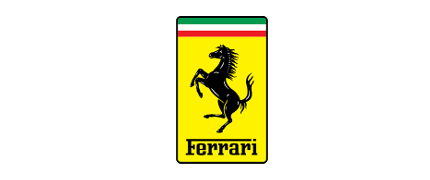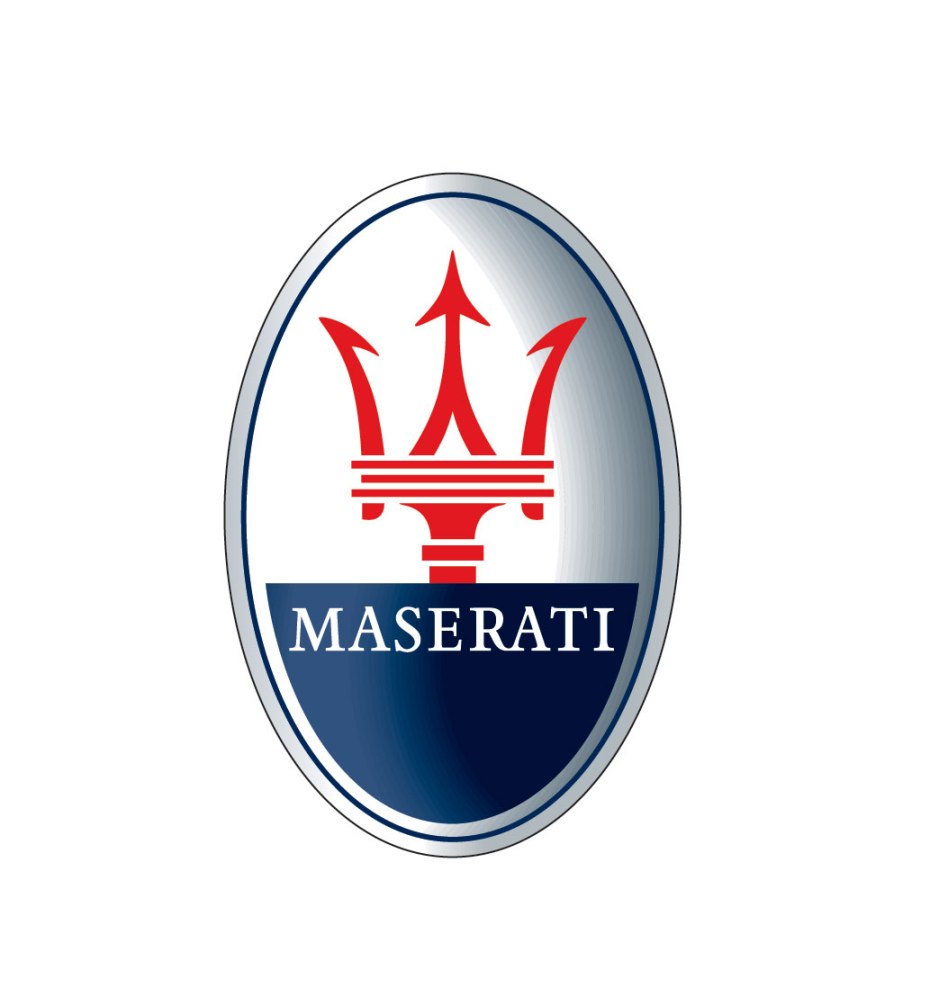Remember Fiat? It made its name building millions of modest cars like the tiny 500 and 600 hatchbacks in the 1960s and '70s.
Sergio Marchionne wants you to forget that Fiat. With the automaker now the full owner of U.S.-based Chrysler, Marchionne -- the CEO of the group -- is shifting away from the European mass market and, in the process, reshaping Italian industry.
To understand his vision, travel to Grugliasco, a suburb of Fiat's hometown of Turin. There, in a plant Fiat bought in 2009 from Bertone, a bankrupt design shop and contract manufacturer, workers in trim blue uniforms turn out about 150 Maserati sedans a day.
The sumptuous speedsters swathed in acres of soft leather bear little resemblance to a classic 500 or 600. "These models are a big step forward," Paolo Rapana, head of the final inspection team at Grugliasco, said as a line of sedans in colors such as Siena Bronze and Blue Passion paraded slowly by behind him. "We're the only plant in Italy working at full speed."
The same can't be said for Fiat's mainstay Mirafiori plant in Turin, a sprawling complex that in the 1970s churned out 600,000 autos a year. Today, it's almost abandoned, a vast zone of dilapidated buildings and weed-choked parking lots, as Fiat shifts its Italian operations from basic transport to upscale cars for wealthy Americans, Chinese and Europeans. For Mirafiori, that means production of a new Maserati crossover.
Ferrari margins
The change was sealed yesterday as the company said it will rename itself Fiat Chrysler Automobiles NV, with the parent holding company based in the Netherlands. The primary share listing will be on the New York Stock Exchange.
"The first encouraging signs of the potential of the premium strategy have now become visible with Maserati," Marchionne said on a conference call with reporters yesterday. The brand "had higher operating margins than Ferrari." It's said that every Italian has an opinion on two things: the "Azzuri" -- the national soccer team -- and Fiat. That means everyone from ministers to line workers feels entitled to second-guess Marchionne's plan, and across Italy there's a sense that it threatens the industrial heart of the country where Fiat was founded 115 years ago.
Fiat's production in Italy peaked in 1970, when it employed well over 100,000 people there and made 1.4 million cars. As recently as 2002, Italy accounted for more than a third of Fiat's revenue, and the company built more than 1 million vehicles at six plants in the country.
50,000 Maseratis
By 2013, Fiat's production in Italy had dropped below 400,000 autos and the country accounted for just 7 percent of global revenue. Less than 10 percent of the cars sold last year by the company, including Chrysler, were Italian-made as the bulk of the group's production has shifted to the U.S., Brazil, Poland and Serbia.
"We need a reality check," said Federico Bellono, the Turin chief of FIOM, Italy's biggest union, which represents thousands of Fiat workers. Marchionne pledged earlier this month to provide full employment to all of Fiat's 31,000 line workers in Italy by mid-decade. Last year, two thirds of them were furloughed for an average of four months.
Bellono doesn't discount the possibility of Fiat Group gaining traction in the luxury market after some initial success. Maserati, which targets selling some 50,000 autos next year, more than doubled deliveries to 15,400 in 2013. The brand's fourth-quarter profit surged to 123 million euros ($168 million) from 13 million euros a year earlier.
Lamborghini tires
Still, the labor leader questions whether Marchionne can bring back the kind of employment the company once offered and do much to dent Italy's jobless rate of 12.7 percent. "The notion that their upscale plan will fill all of the manufacturing capacity in Italy isn't possible," Bellono said.
Fiat's problems are emblematic of those faced by companies across Italy. In 2012, more than 1.6 million Italians were put on Cassa Integrazione Guadagni, a temporary layoff scheme partly funded by the government. That's three times the number in 2008. And Italian companies have to operate in a place that's notoriously difficult for doing business. Italy is placed 30th of 31 high-income countries in a 2012 World Bank ranking that accounts for factors such as the difficulty of enforcing contracts, getting credit and obtaining electricity.
Retro-cool
"For Italian manufacturers the only way to remain competitive and absorb higher costs is to go upscale," said Giuseppe Berta, a professor at Bocconi University in Milan and former head of Fiat's archive, pointing to tiremaker Pirelli, which equips high-end cars such as Porsche and Lamborghini, as a company that's made the shift. "It's clearly a long process that will leave Italy with a smaller, but more competitive, industrial sector."
If Marchionne is to reach his goal of making the new company one of the globe's top five automakers, he can't afford to abandon Fiat's Made-in-Italy cachet. The plan is to woo buyers from BMW, Audi and Mercedes-Benz with sporty models that represent Italian style. Maserati's high-end sedans, starting from $66,000 to $142,000, will attack the top of the Germans' lineups, while a rejuvenated Alfa Romeo will take on their mid-level offerings. Ferrari will continue to make its supercar racers, and Fiat's new 500 will round out the mix with small cars featuring the same combination of retro-cool as BMW's Mini.
'Very angry'
Silvia Fioretti is a believer in Marchionne's vision. The 47-year-old started at the Maserati factory in Grugliasco in November 2012 just as production was gearing up. Last May, she was promoted to team leader and now oversees seven workers. "I was really happy to get this job," Fioretti said, keeping a watchful eye on her team members as they inserted protective coverings into wheel wells and put on tires. "It would have been just as easy for Marchionne to go to America to build these cars."
For every worker like Fioretti, though, Fiat has two like Alessandro Lo Cascio. He made cars at Mirafiori for 15 years and was put on a Cassa Integrazione furlough in 2012. Mirafiori produced some 30,000 cars last year, less than 5 percent of the factory's output at its peak. It operated only a few days each month in 2013, calling up laid-off workers -- but not Lo Cascio. "I'm angry, very angry," said the 39-year-old, who hasn't worked in the past 18 months. "Fiat is leaving Italy, and I have serious doubt that we will all be rehired with the upscale plan," Lo Cascio said.
Italian Jeep
Fiat's problems extend far beyond Mirafiori. At Cassino, an hour and a half south of Rome by car, about 90 percent of Fiat's 3,900 workers spent more than 100 days on Cassa Integrazione, and new Alfa Romeos aren't expected to boost output before 2016. In Pomigliano, almost a third of Fiat's 4,800 workers were furloughed last year, for nearly 200 days, union data show. The 5,600 workers at Melfi, a two-hour drive east of Naples, are more fortunate. This year, they'll start producing an SUV variant of the new 500 and a small Jeep to be exported to the U.S. and elsewhere.
Marchionne has said he'll present a new business plan in May detailing his vision for Fiat's Italian factories. The company ended up on its knees through years of missteps. Fiat relied too heavily on Europe and, especially, Italy. It was burdened by rigid union contracts and a stiff corporate culture that saw its competitive edge erode.
Loyal to the brand
"Back when I started, you could really make a career at Fiat," said Fioretti's father, Elio, a former Fiat line worker who played saxophone in a company jazz band in the 1950s and drove a green 500 on his honeymoon in 1963. He spent 28 years at the company and remained loyal to the brand, owning some 30 Fiats over the years, until his latest car, when he bought an Opel because Fiat didn't offer the kind of vehicle he wanted.
Few would deny that Marchionne has revived Fiat. When the Italian-born manager, who grew up in Canada, took the helm in 2004, Fiat had lost more than 6 billion euros in the previous three years and was close to bankruptcy.
Marchionne, the fifth CEO in two years at the time, returned the company to profit in 2005 after wringing $2 billion from General Motors to end a failed alliance. To limit Fiat's dependence on Europe, which accounted for some 90 percent of revenue in 2004, Marchionne looked for an international partner, finally teaming up with Chrysler. Fiat, though, still lost 470 million euros in Europe last year.
"Fiat has managed to free itself from Italy, but Italy hasn't freed itself from Fiat," said Ugo Arrigo, a professor of public finance at Bicocca University in Milan. "Marchionne managed to transform a local producer into a global player at the expense of its roots in Italy."
Still, the transformation of Fiat into a more global and upscale carmaker also offers hope for workers like Fioretti at Maserati's Grugliasco plant. That in turn could be good news for the Italian economy.
My thoughts on all things motoring, press releases, reviews & techie stuff, from around the world. Please note that the pictures of vehicles within this blog are used as examples of the specific press releases, on occasions, due to the lack of available official pictures, examples are re-produced. ANY AND ALL PROFANITIES WILL BE REMOVED AND THE PERSON/S RESPONSIBLE WILL BE BANNED, NO EXCEPTIONS.
Purpose
I will try my best to provide detailed info on various cars and what is like to live with them, I have already produced a few for Jaguar-car-forums, I will do my best to be unbiased, but it will be hard for some cars. I will re-produce press releases and copy from other motoring news.
Sunday, 2 February 2014
Maserati boom signals Fiat's shift from its Italian past
Labels:
abarth,
Alfa Romeo,
Chrysler,
Dodge,
Ferrari,
FIAT,
italy. plants usa,
Jeep,
lancia,
Maserati,
Ram,
SRT,
unions
Subscribe to:
Post Comments (Atom)








No comments:
Post a Comment
Please leave a message, I will verify them swiftly, Sorry to have to do this now as some twat keeps spamming my message system, unfortunately they are ignorant and spoil it for everyone else,
Note: only a member of this blog may post a comment.